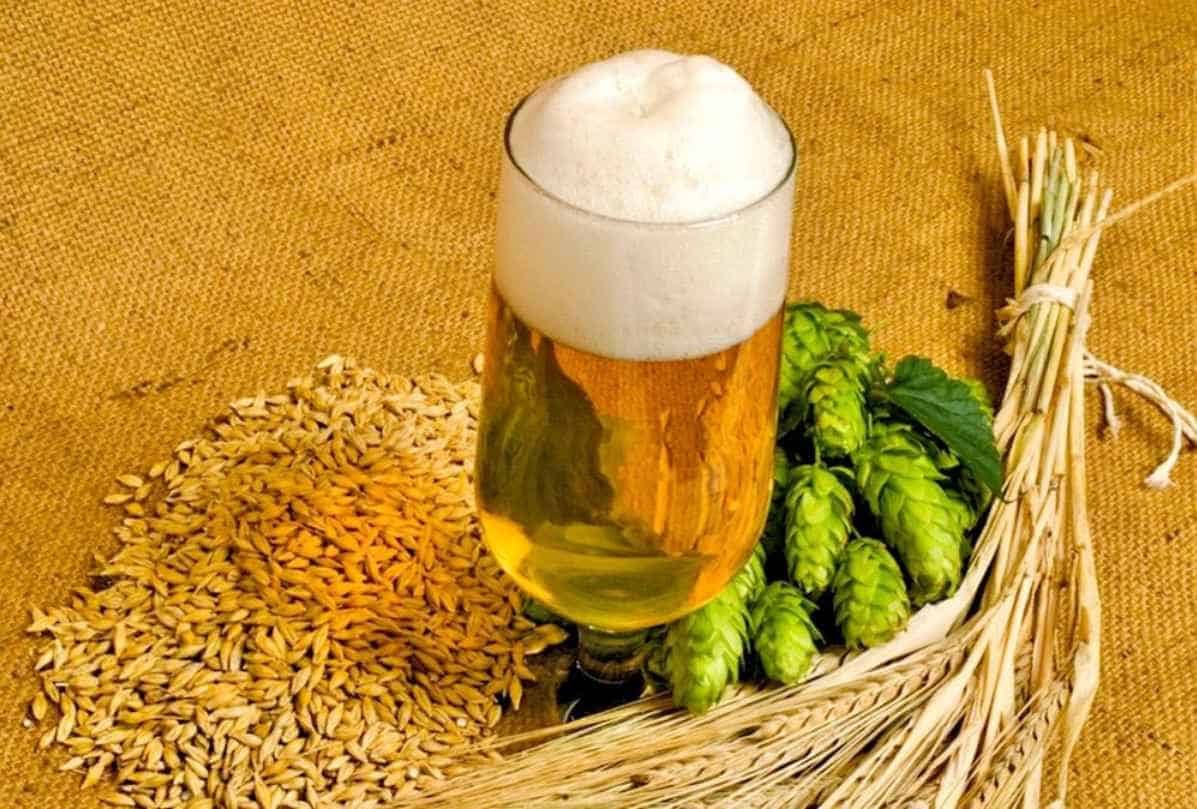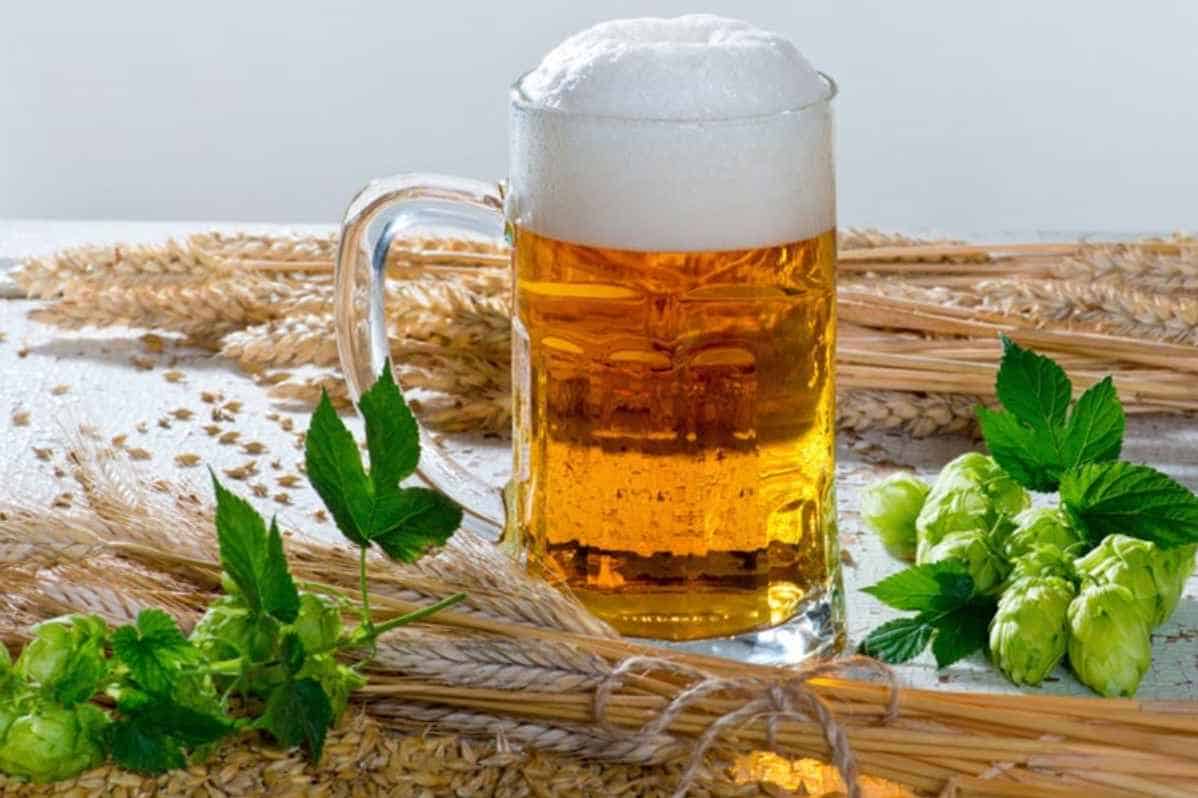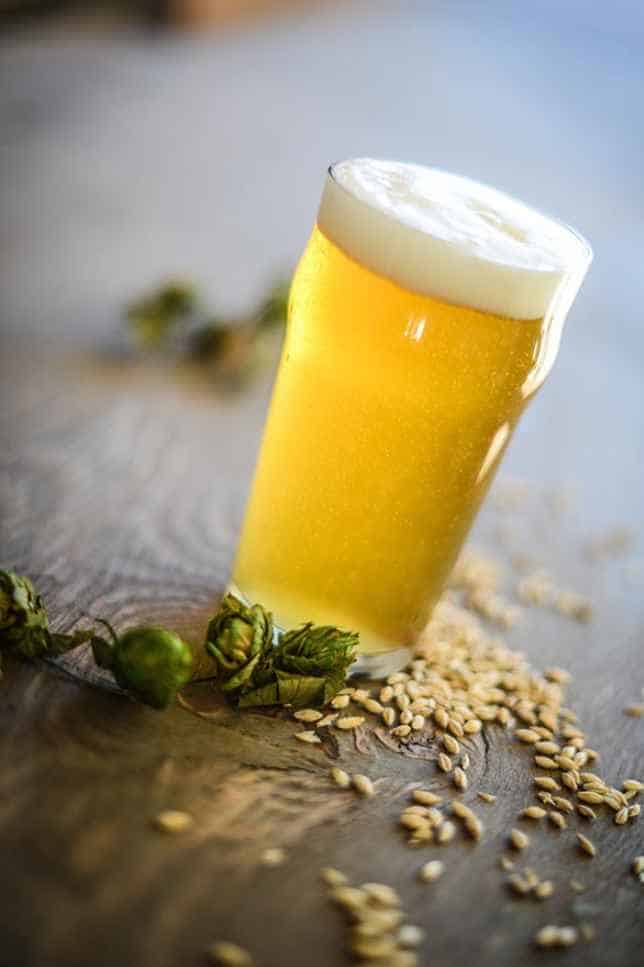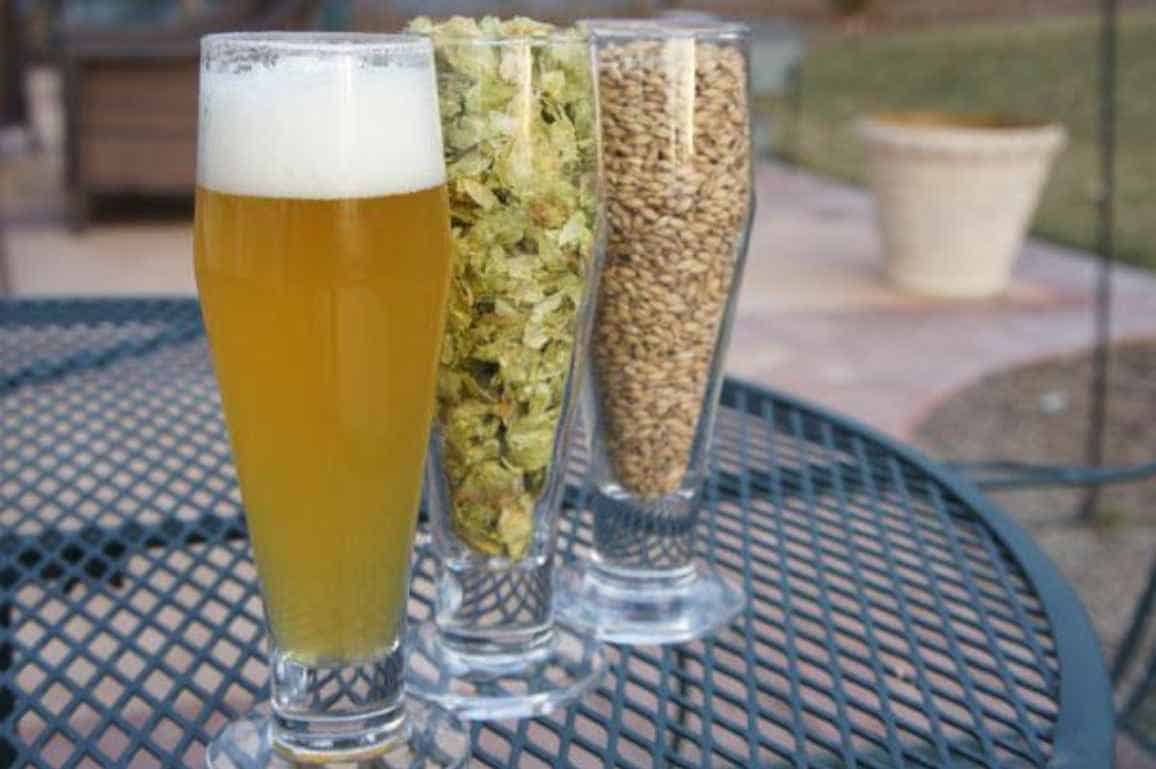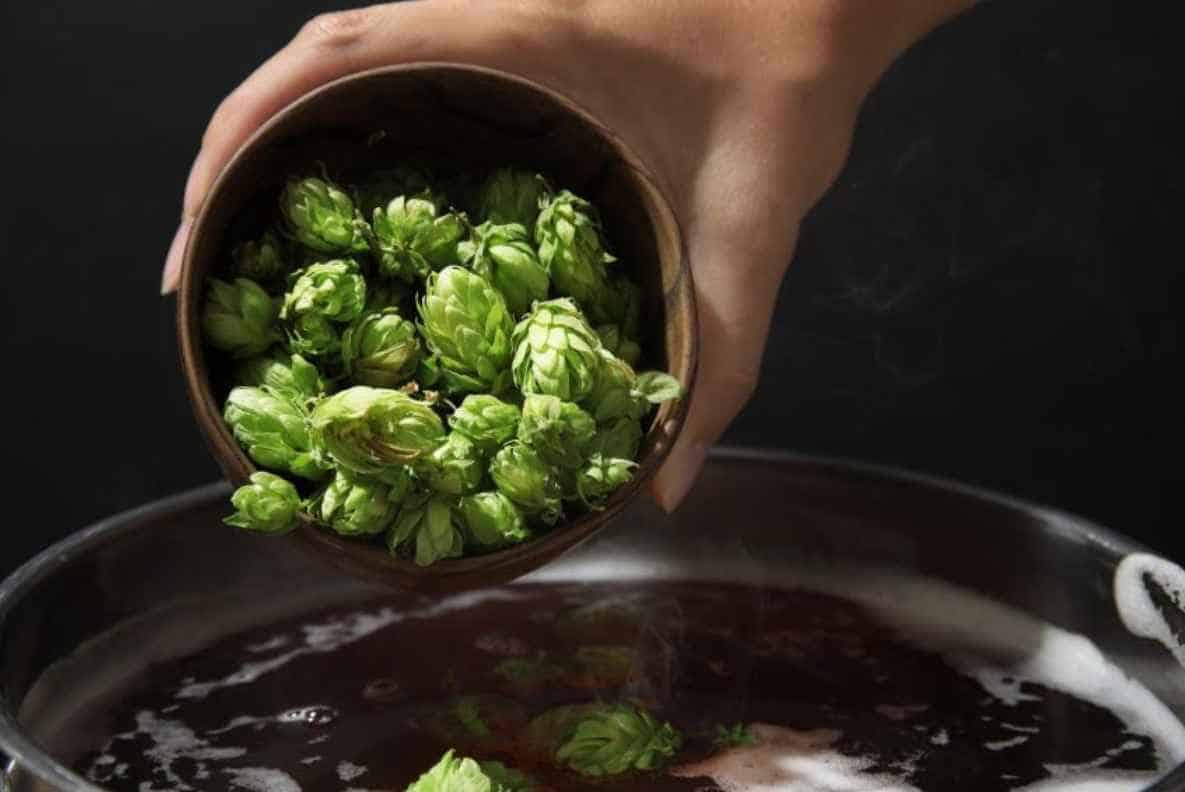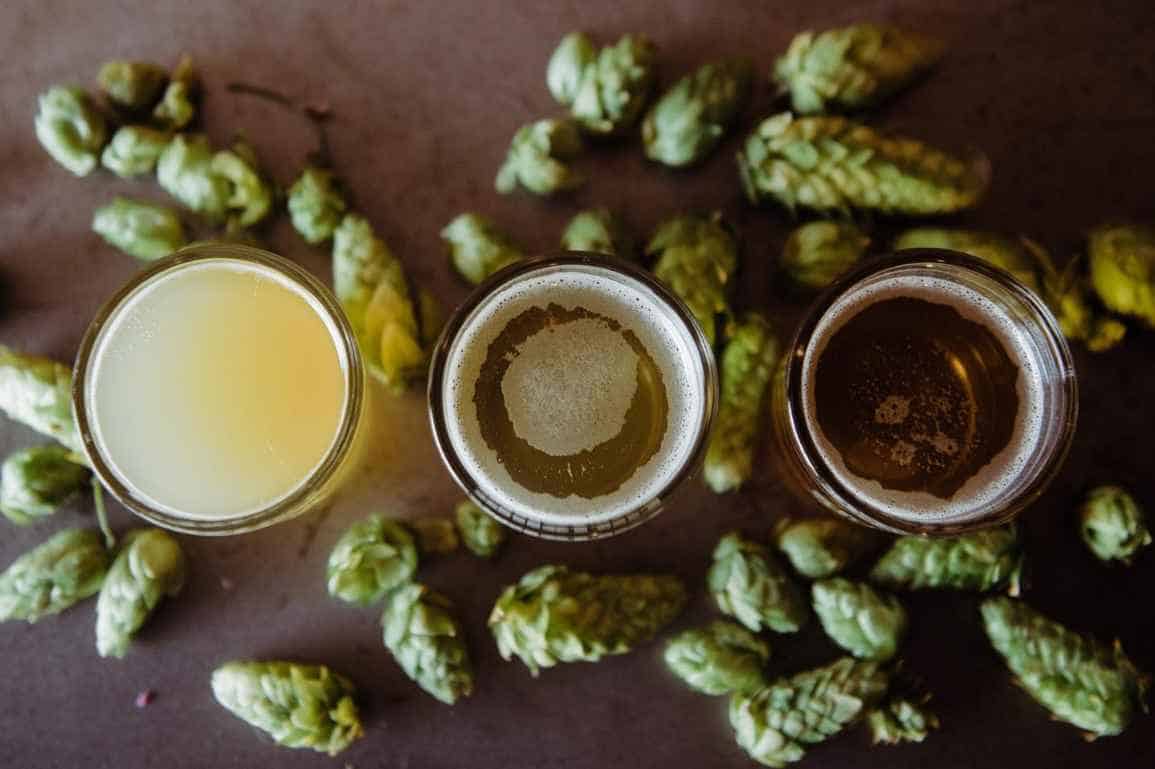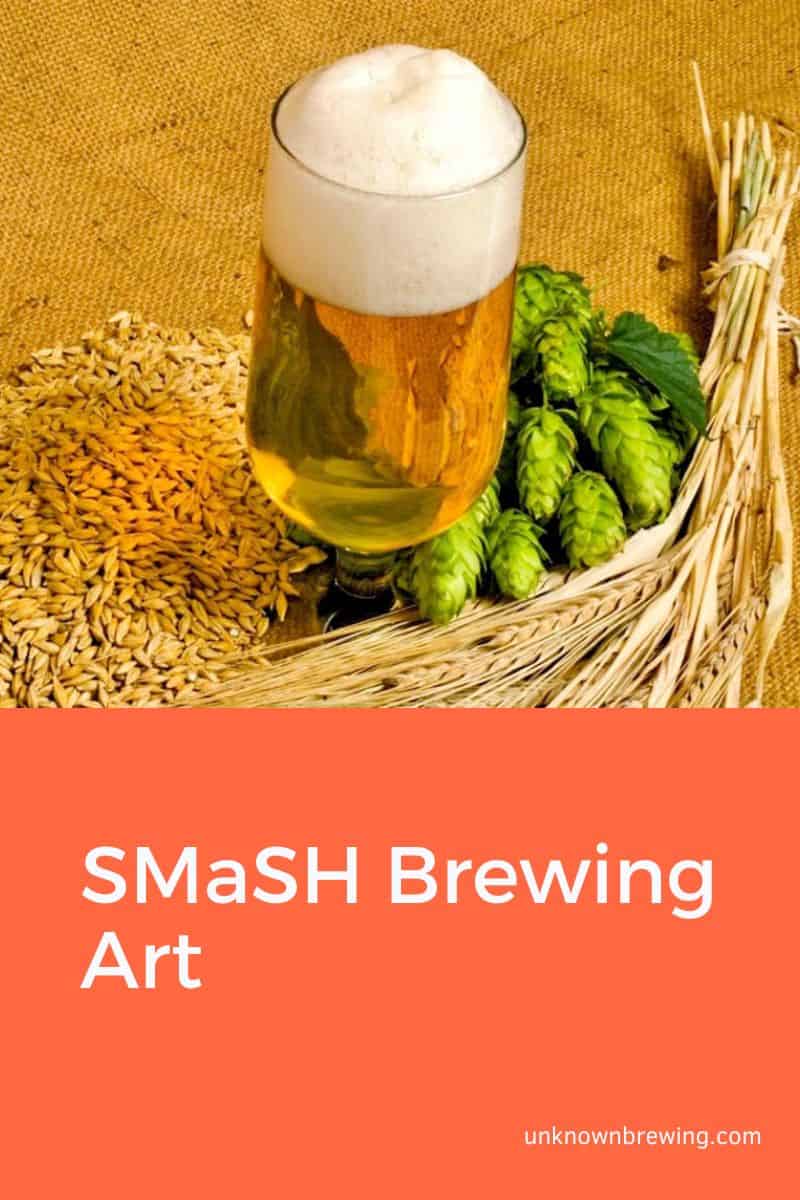Brewing is achieving harmony from a set of different ingredients. But sometimes, we need to single out these ingredients to identify their contribution. One brewing technique that allows us to do this is SMaSH brewing.
SMaSH brewing is an acronym for Single Mash and Single Hop. What this means is that the grain bill only contains one variety of malt grains. And boiling only involves a single strain of hops. SmaSH brewing is simple to learn and execute.
But is simplicity the only advantage associated with SMaSH brewing? We’re taking a deep dive into SMaSH brewing. We will discuss its history, pros and cons, and effect on beer.
But before we get ahead of ourselves, what is SMaSH brewing?
What is SMaSH Brewing?
SMaSH is short for Single Malt and Single Hop. If you look at the grain bill of your average beer, you’ll find many types of malt grains. There’s the base malt and specialty malt. In the case of SMaSH brewing, the grain bill only lists one strain of malt grain. The same applies to hops.
SMaSH brewing only uses one malt and one hop variety in its brewing process.
SMaSH brewing is simple as it involves only one type of each core ingredient. Craft brewers like it because they can showcase the unique flavors around different malt and hop varieties. With a simple recipe, you’d be forgiven for assuming that SMaSH beers are boring. But, beers resulting from this process are flavorful.
Due to its simplicity, SMaSH brewing has become popular among homebrewers. SMaSH brewing is a platform for hop and malt flavor discovery.
SMaSH Brewing: Pros vs. Cons
What are the merits and demerits of this brewing technique?
Pros
- SMaSH brewing is simple
- It is easy to learn
- It offers a platform to explore malt and hop flavors
- It is ideal for flavor and aroma experimentation.
Cons
- Beers resulting from SMaSH brewing lack complexity and depth
- Offers limited ingredient options
The History of SMaSH Brewing
In comparison to other brewing styles, SMaSH brewing is relatively new. We can trace its origins back to the emergence of homebrewing in the ’80s and ’90. The brewing style became popular among homebrewers because of its simple nature. SMaSH brewing was a foot in the door for many novice brewers.
It is the 1980s, and homebrewers are experimenting with different hop and malt varieties. They would try different malt and hop combinations. They even used different brewing techniques to manipulate beer flavor.
Among these brewing styles was the single malt and single hop technique. While it is unclear who coined the word SMaSH, this technique started at the end of the previous millennium.
Suddenly, you didn’t need to hunt for various specialty and base malt as a homebrewer. All you needed was one strain of malt grain and hops. SMaSH brewing was simple, and it gained popularity among brewing enthusiasts.
The first commercial SMaSH beer didn’t emerge until the mid-2000s. In 2005, Hallertau launched its Numbers line of beer, which included several SMaSH beers. One of the malt and hop combinations used was Maris Otter Malt with Pacific Gem hops.
Maris Otter malt is a lightly toasted barley malt with British origins. It imparts a nutty flavor to beer. Pacific Gem hops contain woody and fruity flavor characteristics. This hop variety has its roots in New Zealand. Hallertau’s Numbers beer series was a hit, and it helped popularize SMaSH brewing.
It was only a matter of time before craft breweries jumped on the trend. Craft breweries liked SMaSH brewing because of its experimentation potential. They also used it to showcase their superior brewing skills. In the present, SMaSH brewing continues to evolve. Brewers are trying new malt and hop combinations, and the future has never been brighter.
How Does SMaSH Brewing Affect Beer?
SMaSH brewing influences beer character due to its recipe restrictions. Let’s look at how this brewing technique affects different aspects of a beer’s character.
Beer Flavor
Using a single strain of malt grain, you can showcase the flavor complexity of each ingredient. And the same goes for hops.
Different varieties of malted grains exert different flavors and sweetness levels on beer. With SMaSH brewing, you can showcase the individual characteristics of different grain varieties. The brewer has total control.
Hops come in different flavors, from fruity, to floral, to earthy. By using a particular variety, you’re directly affecting the beer’s flavor. Hops also have an impact on beer bitterness. Longer boils result in bitter brews.
Beer Aroma
Malt and hops both contribute to beer flavor and aroma. Malt is responsible for the nutty, caramel, toasty, and even chocolatey notes. Hops contribute the floral, earthy, fruity, menthol, and woody aromas. By restricting a brew to only one variety of each ingredient, SMaSH brewing compromises the depth of beer flavor.
Beer Appearance
During malting, partially germinated grains are roasted to stop germination. The intensity of this roast determines the color and appearance of malted grains.
Malt color directly influences a beer’s appearance. Brewers usually blend malts of different colors to balance beer color. But with only one malt variety, the color of your malt will determine the beer’s color.
For example, the Midnight Wheat malt brews dark SMaSH beers due to its dark nature. Pilsner malt is lightly toasted, and it brews pale beers.
The SMaSH Brewing Process
SMaSH brewing is similar to other brewing techniques except for using a single malt and a single hop. It uses the same equipment as other brewing styles. Below are the processes involved in SMaSH brewing:
- Gathering Ingredients: SMaSH brewing differs from other brewing techniques by the nature of its ingredients. In this case, we can only from one variety of malt and hops. Although the recipe restricts us to two ingredients, we can make many malt and hop combinations. For example, you can brew Maris Otter Malt with Fuggle Hops. Maris Otter malt and Fuggle hop both have English backgrounds. Maris Otter malt is known for its rich and nutty flavor, while Fuggle imparts a floral, earthy aroma with mild bitterness. Together, they brew a well-balanced English ale with a complex flavor profile.
- Milling: Brewing starts with the milling process. Here, the brewer runs the malted grains through a grain mill. The malt is crushed into coarse particles called grist. Grinding is essential because it increases the grain’s surface area for chemical reactions. Remember, SMaSH brewing only uses a single strain of malt grain.
- Mashing: Mashing involves mixing your single malt with warm water. The heated water activates the natural enzymes in the malt that convert starch into fermentable sugars. These sugars dissolve in hot water to form wort.
- Boiling: In this phase, the wort is boiled with hops to extract bitterness and aroma. Hops contain chemicals known as alpha acids. These chemicals give beer its bitter taste. Boiling extracts alpha acids from hops. Long hop boils yield more alpha acids. Boiling hops to extract alpha acids is known as a bittering boil. Hops also contain essential oils. These chemicals carry the essence or aroma of the hop. Boiling to extract hop oil is known as a flavoring boil. Bittering boils take up to 60 minutes, while flavoring boils do not exceed 30 minutes.
- Fermenting: After extracting sugar and flavor from our single-variety malt and hop, it’s time to make alcohol. While brewers like to hog all the credit, yeast is the maker of alcohol. Yeast converts fermentable sugars to form alcohol, carbon dioxide, and energy. Yeast doesn’t need oxygen, so you should seal your fermenter. We call this phase of fermentation primary fermentation.
- Conditioning: After primary fermentation, the beer is racked and stored in barrels and kegs. While in storage, fermentation continues as the beer mellows. We call this phase of fermentation secondary fermentation. As you can see, SMaSH brewing is similar to other brewing techniques.
SMaSH Brewing: Balancing Bitterness, Flavor, and Aroma
The fact that SMaSH brewing is restrictive in its ingredient choices doesn’t mean that beer must be bland. But how do you make a flavorful beer with only one variety of ingredients?
It depends on how well you balance the beer’s bitterness, sweetness, flavor, and aroma. Balancing bitterness, flavor, and aroma in SMaSH brewing is a delicate process. It requires careful consideration of your hop choices and the timing of the hop additions.
Bitterness
Beer bitterness comes from alpha acids, a chemical in hops. Boiling hops allows us to extract these alpha acids and impart bitterness to our beer. To extract the right amount of bitterness, you must consider your hop variety’s alpha acid content.
Another factor that affects beer bitterness is the length of your hop boils. The longer you boil hops, the more alpha acids you extract. Boiling hops for 60 minutes impart bitterness, while 30-minute boils extract flavor.
Flavor and Aroma
Apart from influencing beer bitterness, hops also affect beer flavor and aroma. Like other forms of plant matter, hops contain essential oils. These oils carry the essence of the hop flower. Hop aromas vary in flavor, including citrus, floral, earthy, woody, fruity, menthol, and spicy.
When we boil hops in the wort, we extract these essential oils and install them in our beer. Flavoring boils typically take less than 30 minutes. To increase the intensity of a desired aroma, add more hops.
Conclusion
SMaSH brewing is an acronym for Single Malt and Single Hop. It is a brewing technique that limits you to only one malt and hop variety. For example, if you brew with Carafa III malt, you cannot add specialty malts. If you elect to brew with Pacific Gem hops, you have to stick to that choice.
While SMaSH brewing is restrictive, it is simple to learn and execute. It also offers brewers a platform to discover new malt and hop flavors. Craft brewers use this technique to show off their brewing skills. Have you ever tried SMaSH brewing? If so, please share your experience in the comment section below.

As a homebrewer, Michael would get frustrated about the lack of brewing information on the internet. After hundreds of gallons of spoilt batches, Micheal had enough. And he founded Unknown Brewing as a resource for homebrewers.
